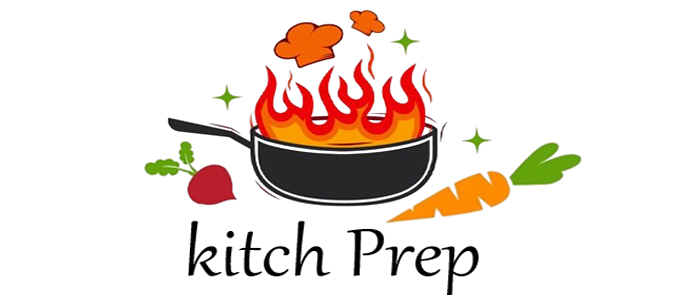Slow cooking makes meals tender and full of flavor without much work. With the right settings, a slow cooker transforms basic ingredients into savory dishes. If you’re busy but crave home-cooked meals, slow cooking is the perfect solution!
Understanding Low Cooking Temperatures
Low-temperature cooking is all about gentle heat. In a slow cooker, the “low” setting usually sits between 190°F and 210°F (88°C to 99°C). Lower temperatures slow the cooking process, so flavors have time to mix, and tougher cuts of meat soften. This approach aligns with basic cooking science: low heat allows gradual cooking, which makes for better flavors and textures.
What Temperature is “Low” for a Slow Cooker?
Slow cookers typically have a “low” setting between 190°F and 210°F. This setting works well for soups, stews, and roasts. I like how it allows me to “set and forget” my meal. With the gentle, slow heat, my food cooks evenly, without drying out.
How Low Temperature Changes Cooking
Low heat helps keep food moist and tender. With less stirring needed, dishes cook without getting overworked. For example, when I make pulled pork, I cook it on low all day. By dinnertime, it’s fall-apart tender. This slow breakdown of meat fibers creates rich flavors and soft textures.
Why I Love Slow Cooking
My first slow-cooked pot roast was a game-changer. I remember lifting the lid to see tender meat and vegetables in a thick, flavorful broth. That experience sold me on slow cooking. It’s so convenient, yet it makes the best comfort food.
Advantages of Slow Cooking:
- Makes meat tender and flavorful.
- Easy to use—just set it and leave it.
- Uses less power than an oven.
- Great for big meals or batch cooking.
- Helps enhance natural flavors in food.
Disadvantages of Slow Cooking:
- Takes several hours to cook.
- May make some veggies too soft.
- Works best for certain dishes only.
- Needs planning due to long cook time.
- Not ideal for quick, last-minute meals.
The Science Behind Slow Cooking
In slow cooking, flavors come out over time. This is different from the Maillard reaction, which gives foods a browned, crispy texture at high heat. The slow cooker keeps moisture in, so dishes like soups and stews turn out tender and packed with flavor.
My Favorite Low-Temperature Recipes
Some dishes work especially well on a slow cooker’s “low” setting:
- Classic Beef Stew: I add beef, potatoes, carrots, onions, broth, and spices. After 8 hours on low, it’s pure comfort.
- Pulled Pork: A pork shoulder with spices and broth cooks for 10 hours. The meat turns juicy and perfect for sandwiches.
- Vegetable Soup: Mixed veggies and beans in broth cook on low for hours, creating a healthy, flavorful soup with minimal prep.
Tips for Perfect Slow Cooking
To make the most of your slow cooker, try these tips. Don’t lift the lid often, as it drops the temperature and adds time. Place dense items, like potatoes, on the bottom, close to the heat. And if you’re using dried beans, soak them first to ensure they cook evenly.
Final Thoughts
Cooking at low heat with a slow cooker is ideal for those who want flavorful, hearty meals without hassle. The flavors come together naturally and make every meal delicious. Whether you’re new to slow cooking or looking to perfect your technique, the “low” setting on a slow cooker is worth trying.
Read More Articles:

